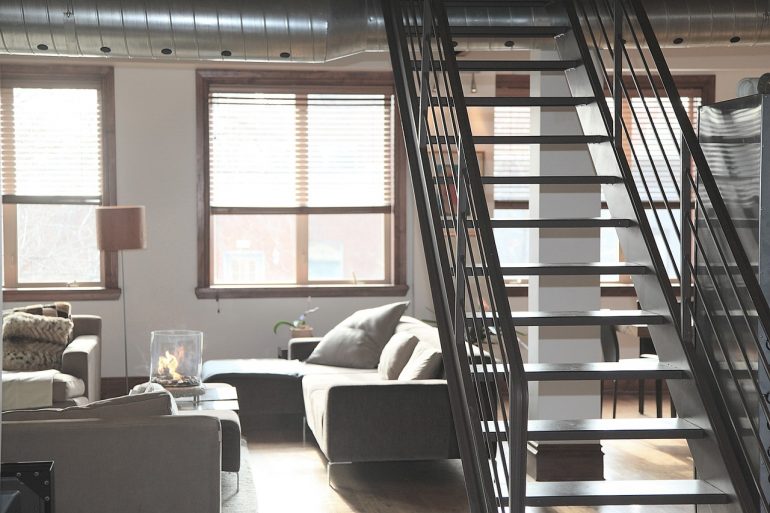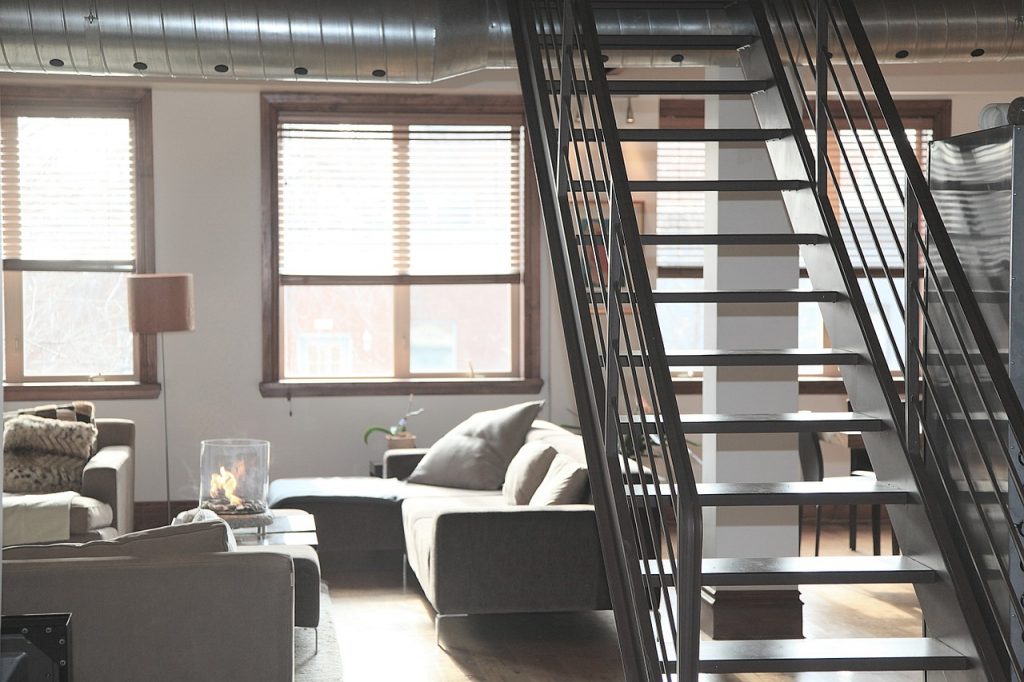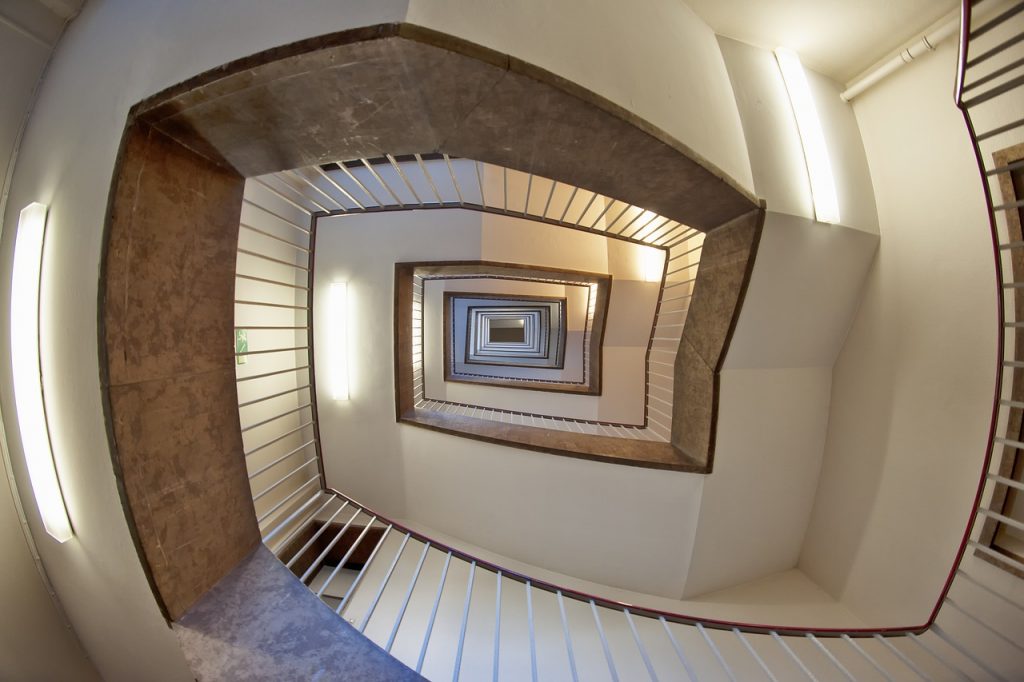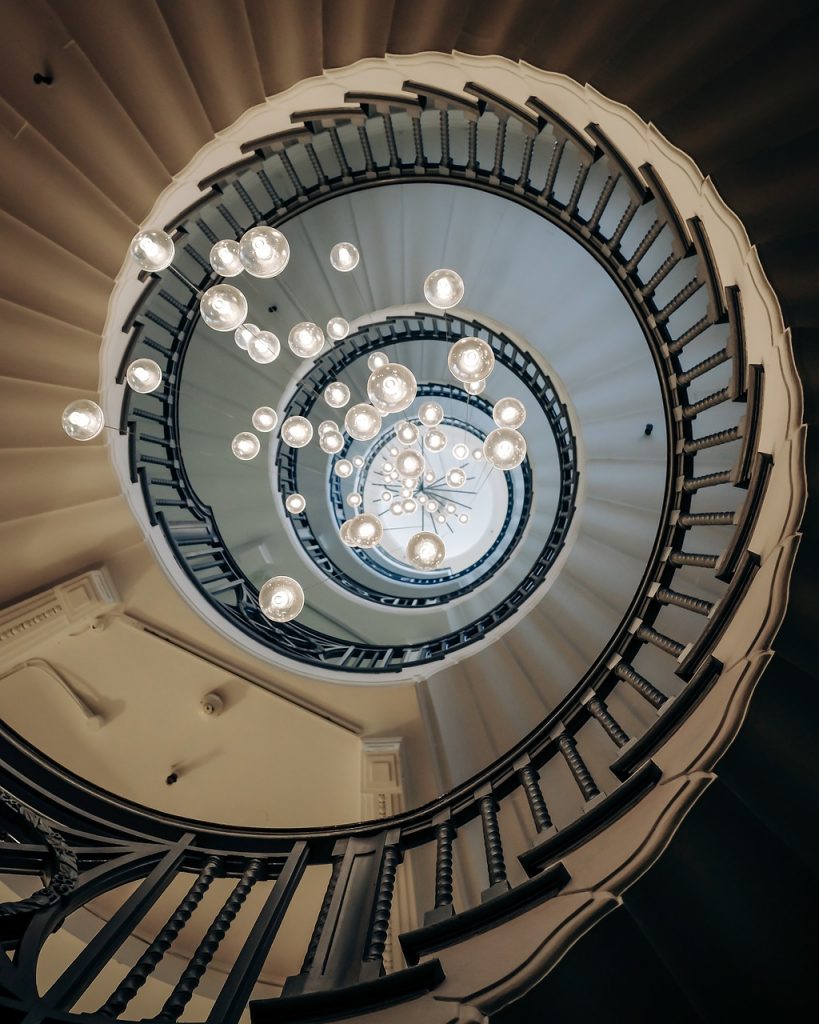When choosing the perfect loft stairs for an attic conversion, there are many factors you have to keep in mind. To fully enhance the new design of your attic, loft stairs should not only fit in with the rest of the interior, but also ensure a safe and comfortable way of entering. With the wide selection of options available, you will definitely be able to find one that will complement your project.
Regulations For Loft Stairs
Not all loft conversions require zoning permission. It’s important to remember that loft staircases must all comply with the building regulations. The matter of loft stairs is also included within this set of rules. With a typical attic, you can easily implement a space-saving solution like folding loft stairs. However, if you want to convert it into a habitable space, this won’t suffice. In order to comply with the safety regulations, a permanent staircase must be fixed to allow access. A staircase can only be fitted in a place allowing for at least 6 feet, 2 inches of headroom available. It must be accompanied by a handrail.
Location Of The Loft Stairs
Loft conversions are usually meant to increase the size of your living area. It can feel like a waste to use up a big portion of this space for a staircase. It is advised to have a West Hartford, CT interior designer, design your attic conversion before actually attempting it. This way, you can find many space-saving solutions to implement in the design.
Whenever possible, go for spiral stairs. A staircase fitted over the existing one, will also help you save a lot of floor area. It will help maintain the integrity of the interior at the same time. This this option may not work in your scenario. However, another possibility is to choose a rarely used space and place the loft stairs there. It may be difficult to fit a landing into your existing room without making it feel cluttered. Therefore, installing the door at the foot of the loft staircase will allow you to effectively hide it from view. Even though your placement options can be limited due to height regulations. This is especially an issue in houses with high-pitched roofs. A smartly placed dormer window could solve this problem.
Lighting For Loft Stairs
Adding another staircase to the house can obstruct the influx of light and create dark corners. To alleviate such problems, it’s wise to include lighting solutions for your loft stairs early on.
The installation of properly placed lamps will be a good start. There are ways to fit natural daylight into your loft staircase design if you’d rather avoid using artificial light during the day. The obvious choice here would be a skylight placed above the staircase. Glass railings will comply with the regulations and not block the sunshine spreading throughout the room. To maximize the light even further, you may wish to consider using glass treds.
Personalize your loft stairs
The space used for a loft staircase is not wasted, as you can still utilize it in many different ways. By choosing decorative railing options, you can create a feature highlighting your interior design. A properly fixed bookcase could serve as a handrail and completely change the look of the whole room. Or maybe you want more place for storage, without the need to sacrifice any more floor area? In such a case, you can use the space below the stairs and create cabinets, or install stair drawers.
The necessity of creating a loft staircase may seem problematic at first. But it also gives you many new opportunities to add more character to your loft design. Make sure to explore all the available options, instead of just reaching for the standard solutions. This way, you’ll be able to create a unique and stylish space.
This post is a collaboration and may contain relevant and relatable affiliate links that are either informational or helpful resources. All opinions are our own and for informational purposes only.




